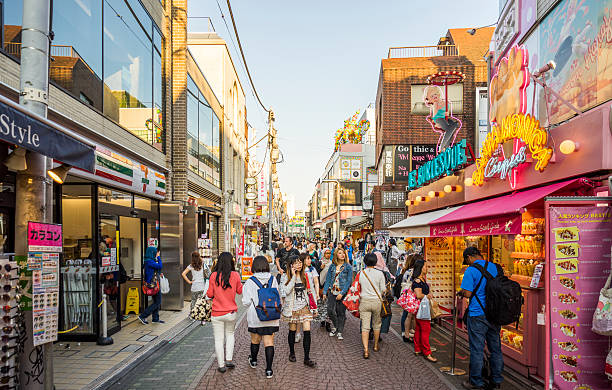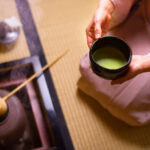
Harajuku Design Area: Investigating Youth Culture and Road Style
In the clamoring city of Tokyo lies an area dissimilar to some other – Harajuku. Eminent overall as a center point of erratic style and young inventiveness, Harajuku is a dynamic region where patterns are conceived and limits are pushed. From brilliant cosplay to vanguard streetwear, Harajuku typifies an interesting combination of custom and development, making it a must-visit objective for design devotees and social travelers the same.
The Starting points of Harajuku Design:
To really see the value in Harajuku’s design scene, one should dig into its rich history. The region’s style roots can be followed back to the post-war time frame when American occupation carried Western impacts to Japan. As Tokyo rebuilded, youngsters embraced Western style, leading to a subculture known as “Fuwafuwa” or “Fleecy” style, described by voluminous skirts and pastel tones.
Notwithstanding, it was during the 1980s and 1990s that Harajuku arose as a worldwide style capital. During this time, Takeshita Road, a restricted person on foot lane in the core of Harajuku, turned into a point of convergence for elective design and youth culture. Impacted by troublemaker, gothic, and Do-It-Yourself style, youthful Tokyoites started putting themselves out there through striking, mixed design decisions, changing Harajuku into a jungle gym of fashion trial and error.
Investigating Takeshita Road:
No visit to Harajuku is finished without a walk around Takeshita Road. Fixed with eccentric stores, one of a kind shops, and in vogue bistros, this vivacious lane offers a brief look into the state of the art universe of Harajuku style. Here, you’ll track down a kaleidoscope of styles, from kawaii (charming) to kuroi (dim), as well as a variety of frill, beauty care products, and oddity things to suit each taste.
One of the most notorious tourist spots on Takeshita Road is Laforet Harajuku, a multi-story retail chain that grandstands the most recent patterns from anticipated fashioners. From vanguard couture to road stylish troupes, Laforet Harajuku is a world renowned hub for chic people trying to say something.
Road Style and Subcultures:
What separates Harajuku from other design areas is its festival of uniqueness and self-articulation. Here, design is something other than dress – it’s a type of craftsmanship and personality. Stroll down any road in Harajuku, and you’ll experience a different cluster of subcultures, each with its own particular style and tasteful.
One of the most popular subcultures to rise out of Harajuku is Lolita style. Motivated by Victorian and Extravagant period clothing, Lolita design accentuates unobtrusiveness, gentility, and elaborate ornamentations. Whether it’s sweet Lolita, Gothic Lolita, or Troublemaker Lolita, devotees of this subculture invest heavily in their fastidiously planned outfits and scrupulousness.
Notwithstanding Lolita design, Harajuku is home to a bunch of different subcultures, including Decora, Gyaru, and Visual Kei, each with its own arrangement of style codes and shows. What joins these different subcultures is a common enthusiasm for self-articulation and inventiveness, as well as a craving to push the limits of standard design.
Embracing Variety:
While Harajuku is frequently connected with its whimsical road style, it’s likewise a mixture of social impacts and worldwide patterns. Lately, the locale has seen an ascent in streetwear brands, extravagance stores, and top of the line style names, drawing in fashionistas from around the world.
From classic secondhand shops to high-mold leader stores, Harajuku offers something for everybody, paying little mind to financial plan or individual style. Whether you’re chasing after unique one of a kind finds or perusing the most recent assortments from top fashioners, Harajuku’s diverse blend of shops and stores guarantees that each shopping journey is an experience.
The Fate of Harajuku Design:
As Tokyo keeps on advancing, so too does the style scene of Harajuku. While the locale’s notorious road style stays a characterizing highlight, there’s likewise a developing accentuation on supportability, inclusivity, and moral design. From eco-accommodating dress brands to impartial assortments, Harajuku is at the front line of design development, making ready for a more cognizant and caring industry.
CONCLUSION:
Harajuku is something other than a design locale – a social peculiarity praises imagination, variety, and self-articulation. Whether you’re a design devotee, a pioneer, or just an inquisitive explorer, a visit to Harajuku makes certain to have an enduring effect. In this way, put on your most chic clothing, get your camera, and plan to drench yourself in the colorful universe of Harajuku style.



nice information
VESRY YC
,.XS,Z